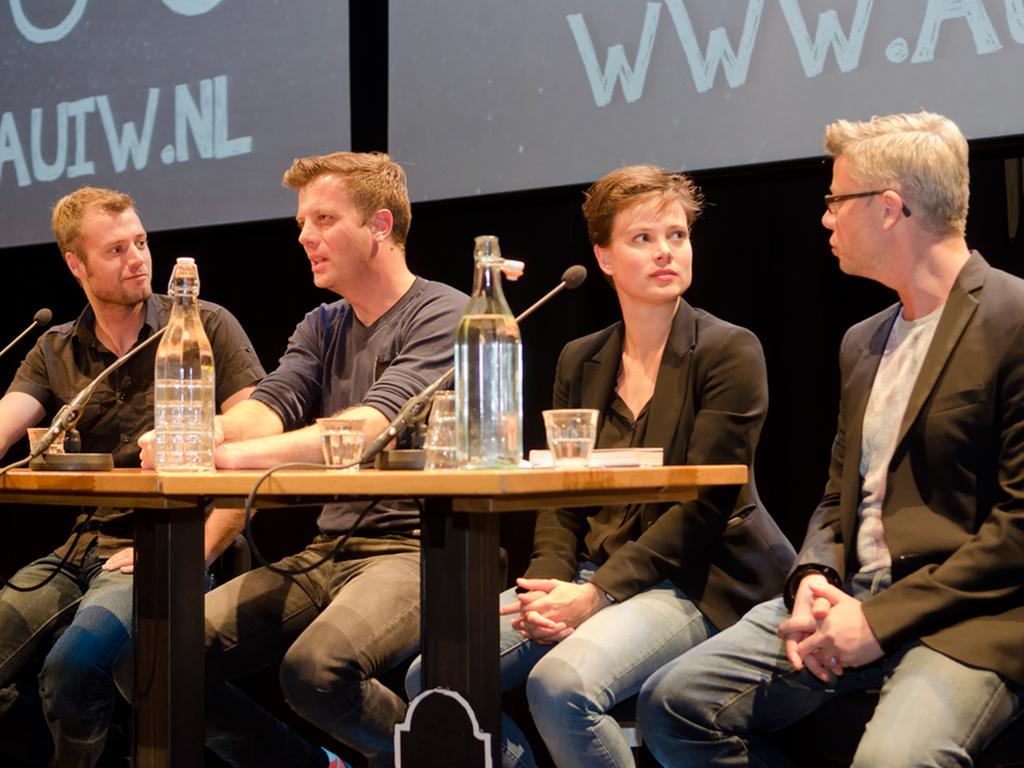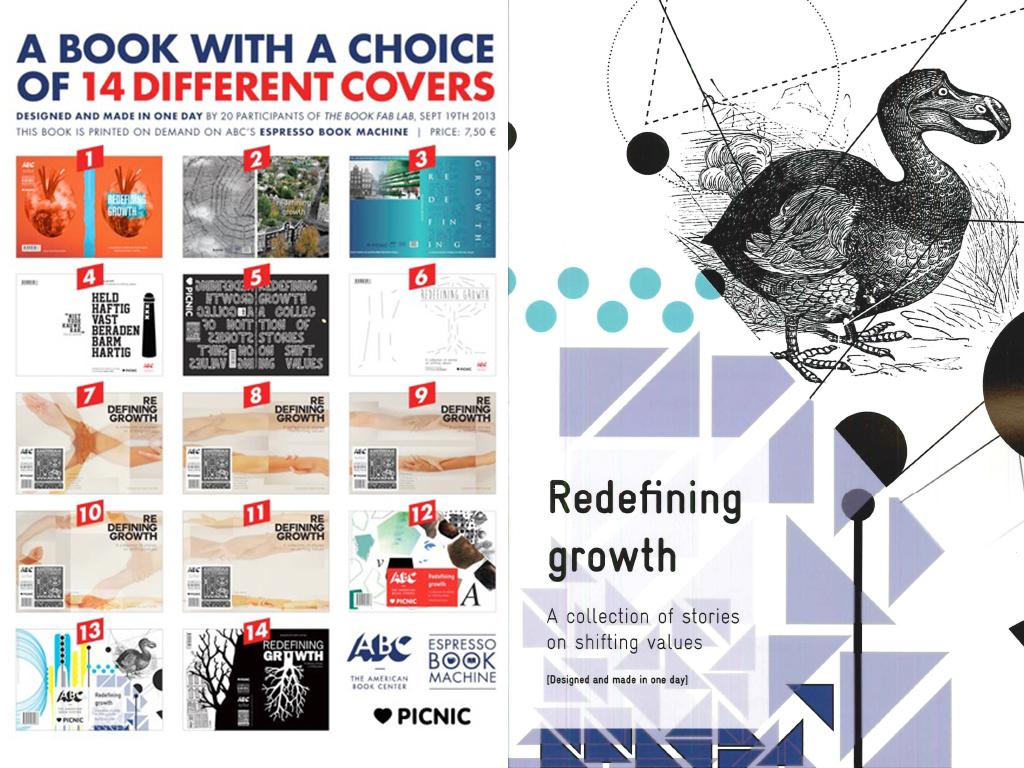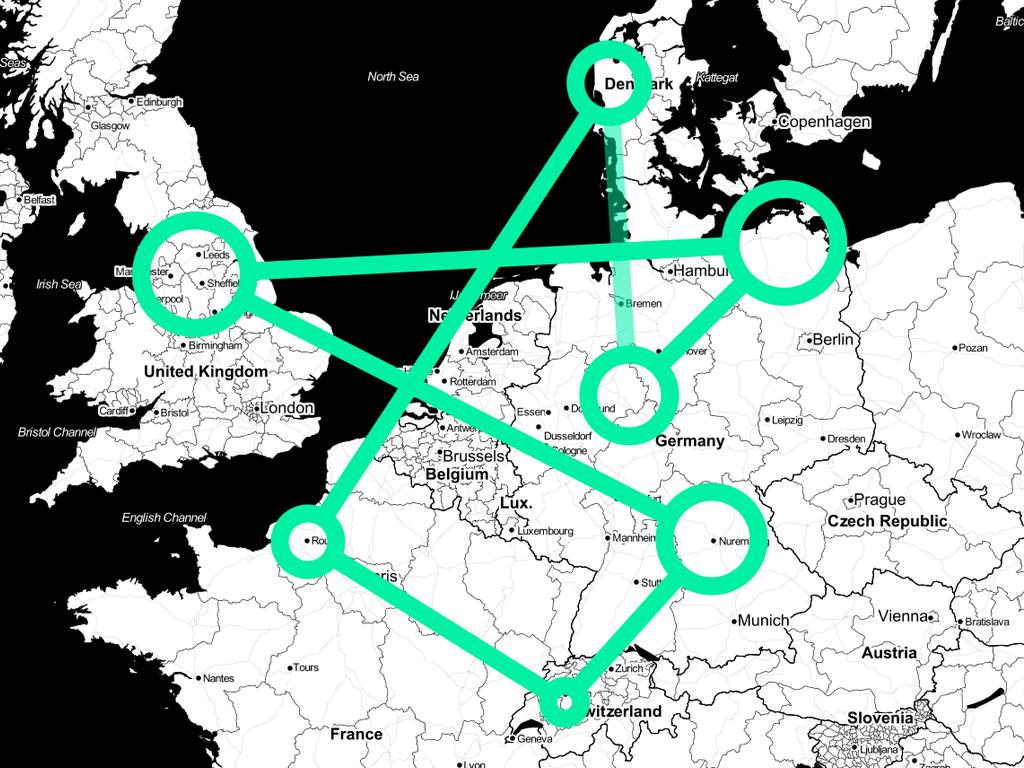To resolve complex societal issues, ‘social design’ comes to aid these days, in which artists and designers are asked to give their - often surprising - take on long-term problems that seem impossible to solve. Governments and other public organisations are using this experimental method more often these days. Where in the past the esthetic aspect of the design was probably first looked at, nowadays the role that design can play to influence (or even change) human behaviour is more emphasized. Along four project presentations during this day is researched what the problems are when the traditional approach is no longer working and how social design can contribute to solutions.
Nora van der Linden is the first to shed some light on this new phenomenon. Together with the University of Amsterdam and Hivos, she organizes for Kennisland so-called ‘Social Safaris’ aimed at finding answers for thorny issues that are brought forward by local organisations in Amsterdam. At a Social Safari, an issue is tackled from different angles (from the citizens', authorities', science, and creative viewpoint). Van der Linden: “What we often find is a collission between systems and the everyday environment. Organisations want to solve problems with measures no one is waiting for. Parties are driven further apart instead. By talking with end users and policy makers, on street level, we try to get answers from within. We want to change the system.”
Tabo Goudswaard of Social Design for Wicked Problems has almost the same goal, but underlines the added value of the artistic influence in the process to tackle difficult problems. He shows a graph that in most cases opposite interests are causing problems to remain unsolved. Goudswaard: “It is up to the artist to see what he can bring. Organisations are usually thinking in patterns. We are able to break those.” Gijs ten Cate of Dropstuff, a project that initially was aimed at taking digital art from the museums to the public space, is now targeting education. Ten Cate: “We want to show youngsters what can be done with social media. Schools were asking us if we could learn pupils how to use social media in a clever way.”
Dick van Dijk of Waag – who with colleague Sabine Wildevuur just finished the new publication Design for an Empathic Society – introduces a third way of looking at social design. In short terms this comes down to not thinking from your own viewpoint, but to place yourself in that of the other. “Because,” Van Dijk says, “the social context is always present. You can't get away from it. At Waag we like to work with ‘Real Life Labs’, in which we look at the possible added value of technology. We are constantly looking for new ideas and to create widespread support for them."
From the audience comes the remark that the panel members are speaking of processes mostly so far, but not about the practical applications that social design has delivered. Van der Linden answers: “Old positions have to be abandoned.” Goudswaard joins in: “And the results will speak for itself.”
(Photograph shows the Social Design Panel on 17 September at Pakhuis de Zwijger. All photos of AUIW 2013 can be found here.)


